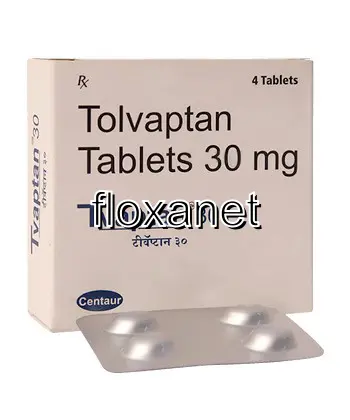| Package | Dosage | Price | Price per Dose | |
|---|---|---|---|---|
| Dosage: 15mg | ||||
| 180 pill | 15mg | £1,102.33 | £6.12 | |
| 120 pill | 15mg | £747.34 | £6.23 | |
| 90 pill | 15mg | £569.85 | £6.33 | |
| 60 pill | 15mg | £386.12 | £6.44 | |
| 30 pill | 15mg | £196.17 | £6.54 | |
| 20 pill | 15mg | £132.85 | £6.64 | |
| 10 pill | 15mg | £67.46 | £6.75 | |
| Dosage: 30mg | ||||
| 120 pill | 30mg | £973.62 | £8.12 | |
| 90 pill | 30mg | £743.19 | £8.26 | |
| 60 pill | 30mg | £504.45 | £8.41 | |
| 30 pill | 30mg | £254.30 | £8.48 | |
| 20 pill | 30mg | £171.26 | £8.56 | |
| 10 pill | 30mg | £86.14 | £8.62 | |

Tolvaptan Description
Overview of Tolvaptan
Tolvaptan is a prescription medication classified as a vasopressin receptor antagonist. It is primarily used to treat conditions related to fluid retention and imbalance, such as hyponatremia and certain types of polycystic kidney disease. Its mechanism of action involves blocking vasopressin receptors in the kidneys, which helps increase the excretion of free water without losing electrolytes. This action makes Tolvaptan especially effective for patients needing to correct low sodium levels caused by excess water retention.
Uses and Medical Benefits
The main indication for Tolvaptan is for the treatment of hyponatremia, particularly when caused by syndrome of inappropriate antidiuretic hormone secretion (SIADH). Its ability to selectively remove water while preserving sodium makes it a valuable option in this condition. Additionally, Tolvaptan has gained recognition for its role in managing autosomal dominant polycystic kidney disease (ADPKD). In this context, it helps slow the growth of cysts and preserves kidney function over time, providing a significant benefit for patients with this genetic disorder.
Administration and Dosage
Tolvaptan is usually prescribed as an oral tablet, taken once or twice daily, depending on the condition being treated and the patient's response. It is important to follow the healthcare provider's instructions carefully, as the dosage can vary based on individual factors. Typically, initial doses are low and gradually increased to minimize side effects. Patients are monitored regularly through blood tests to ensure safe sodium levels and to adjust the dose accordingly.
Potential Side Effects
Like all medications, Tolvaptan may cause side effects. Common adverse effects include thirst, dry mouth, increased urination, and sometimes dizziness or weakness. Because of its effect on sodium levels, there is a risk of overly rapid correction leading to a condition called osmotic demyelination syndrome if not managed carefully. Liver toxicity is another concern; therefore, liver function tests are recommended during treatment, especially in the early stages. Patients should report any unusual symptoms promptly to their healthcare provider.
Precautions and Interactions
Before starting Tolvaptan, a thorough medical history and assessment are essential. It is especially important to evaluate liver function and electrolyte levels beforehand. Patients with liver disease, low sodium levels, or those taking other medications that affect water and electrolyte balance should be advised with caution. Combining Tolvaptan with other diuretics or medications that alter sodium levels may increase the risk of imbalances, so healthcare providers may need to adjust treatment plans accordingly.
Overall Review
Tolvaptan offers significant benefits for individuals suffering from conditions related to water imbalance and kidney cyst growth. Its targeted action provides an effective means to manage hyponatremia and slow kidney disease progression. However, it requires careful monitoring due to potential side effects, especially concerning liver health and sodium levels. When used appropriately under medical supervision, Tolvaptan can markedly improve quality of life in affected patients, making it a valuable addition to therapeutic options for these conditions.
